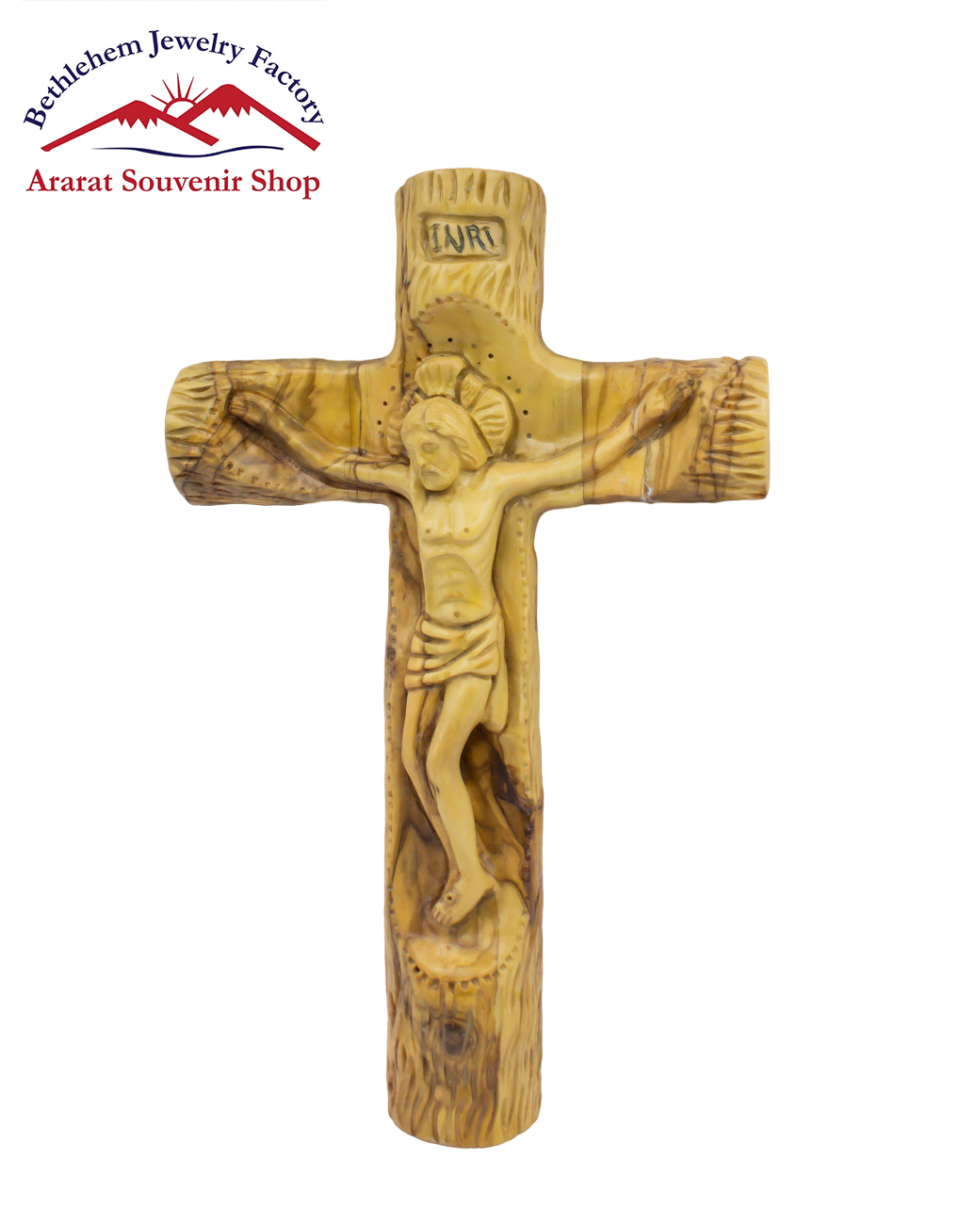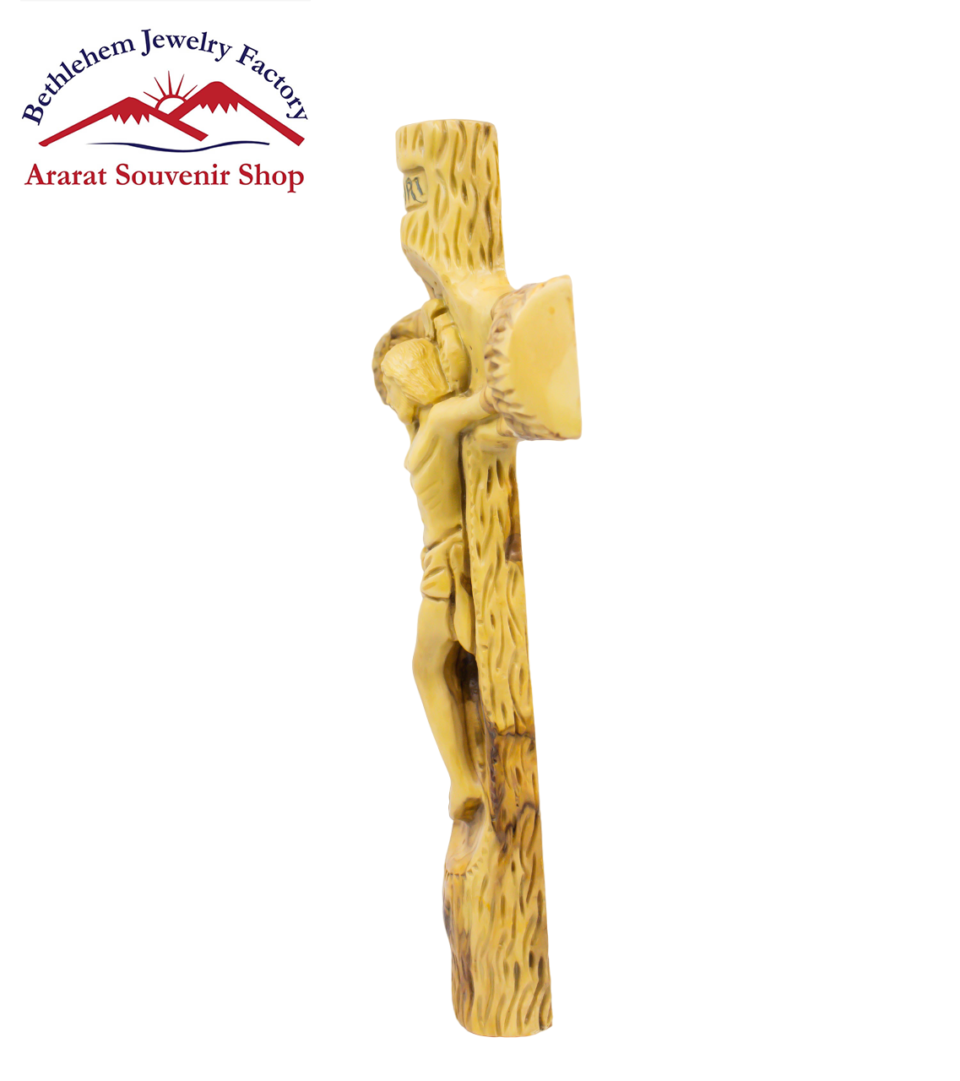Jesus crucified
The crucifixion of Jesus Christ is one of the most significant events in Christian theology and history, representing the pinnacle of his sacrifice and the foundation of the Christian faith. This event, believed to have occurred around 30-33 AD in Jerusalem, is chronicled in the four Gospels: Matthew, Mark, Luke, and John, each providing a different perspective on the events surrounding this pivotal moment. The significance of the crucifixion extends beyond mere historical facts; it embodies themes of human suffering, redemption, love, and hope.
**Historical Context**
To understand the crucifixion, it is essential to consider the socio-political and religious context of first-century Judea. The region was under Roman occupation, leading to tensions between the local Jewish populace and Roman authorities. Jesus, a Galilean preacher known for his radical teachings and growing following, posed a challenge to both the Jewish religious establishment and Roman rule. His claims of being the Messiah and his critique of the authorities ultimately led the religious leaders to view him as a threat, culminating in his arrest.
The Gospels recount how, following a series of events, including the Last Supper with his disciples, Jesus was betrayed by Judas Iscariot and arrested in the Garden of Gethsemane. After a series of trials, including before the Sanhedrin and Pontius Pilate, he was found guilty of blasphemy and inciting civil unrest. The Jewish leaders sought the death penalty, and the Roman governor Pontius Pilate, although reluctant, ultimately sanctioned Jesus’ crucifixion, likely to appease the crowd and maintain peace.
**The Crucifixion Itself**
Crucifixion was a common method of execution in the Roman Empire, reserved for the worst offenders, particularly slaves and political dissidents. This method was designed not only to inflict excruciating pain but also to serve as a public spectacle and deterrent. Jesus was stripped, beaten, and forced to carry his cross to Golgotha, the site of his execution. Here, he was nailed to the cross, a torturous punishment that would lead to a slow and agonizing death.
While suspended between heaven and earth, Jesus uttered several poignant statements, known as the “Seven Last Words.” These phrases include profound expressions of forgiveness (“Father, forgive them, for they know not what they do”) and a deeply personal cry of abandonment (“My God, my God, why have you forsaken me?”). Each utterance carries profound theological implications and reflects his humanity amidst suffering. According to the Gospels, darkness covered the land for three hours during Jesus’ crucifixion, symbolizing the cosmic significance of his suffering and impending death.
**Theological Significance**
In Christian belief, the crucifixion is central to the concept of atonement—the idea that Jesus’ death was a sacrifice for the sins of humanity. According to this theology, sin separates humanity from God, and Jesus, as the sinless Son of God, willingly took upon himself the sins of the world. This selfless act of love is seen as the ultimate demonstration of God’s grace. The notion that through Jesus’ death, believers can obtain forgiveness and eternal life is foundational to Christian doctrine.
Additionally, the resurrection of Jesus, which Christians celebrate three days after the crucifixion on Easter Sunday, emphasizes the victory over sin and death. The crucifixion and resurrection are viewed as integral parts of the same redemptive plan; through his resurrection, Jesus is affirmed as the Son of God, providing hope for all who believe in him.
**Impact and Legacy**
The crucifixion of Jesus has left an indelible mark on human history, influencing art, literature, and culture for centuries. It serves as a profound symbol of sacrifice, love, and redemption, resonating with individuals far beyond the Christian faith. Powerful depictions of the crucifixion have emerged throughout the centuries, from the sorrowful works of artists such as Caravaggio and Michelangelo to contemporary representations in film and literature.
The image of the cross has become a universal symbol of Christianity, embodying the core message of faith and hope. It serves not only as a reminder of Jesus’ suffering but also as an invitation for believers to reflect on their lives, embrace suffering with grace, and share love with others.
Moreover, the crucifixion has profoundly impacted social justice movements, inspiring many to advocate for the marginalized and oppressed. The themes of sacrifice and compassion inherent in Jesus’ death resonate with struggles for justice, peace, and reconciliation throughout history.
**Conclusion**
In conclusion, the crucifixion of Jesus Christ stands at the heart of Christian belief, encapsulating themes of sacrifice, love, and redemption. It represents a pivotal moment in the narrative of the Christian faith, embodying the belief that through suffering and death, one can attain salvation and eternal life. The impact of this event extends beyond its historical context, influencing cultures and societies while providing hope and moral guidance to countless individuals. For believers, the cross is not merely a symbol of suffering, but a testament to the transformative power of love—a love that calls them to act, serve, and, ultimately, live in faith and hope.












Reviews
There are no reviews yet.